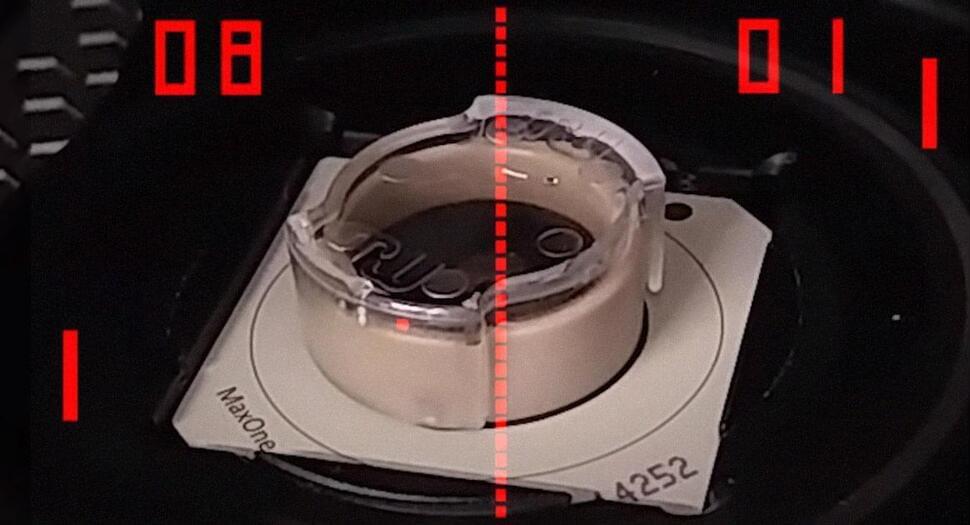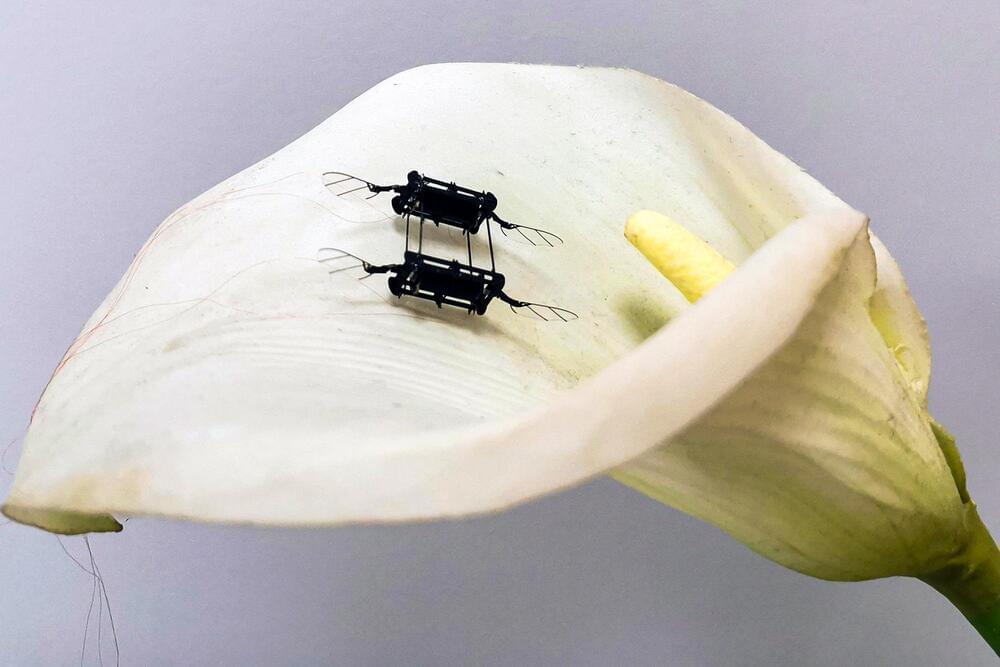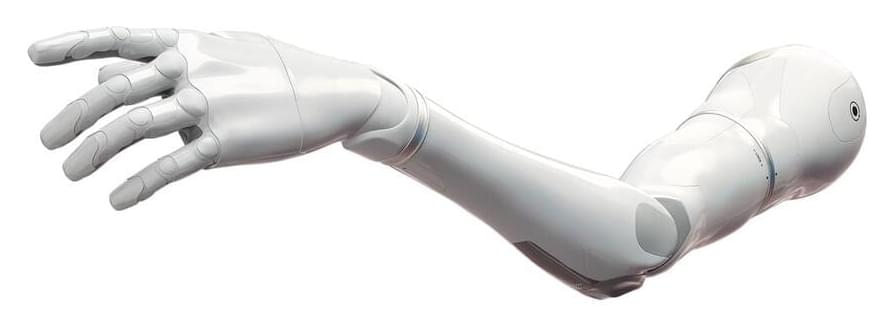Time to have another go at reanimation?
Interview with James Lovelock 101 years old-scientist inventor.
I found an article that said “The microwave was invented to heat hamsters humanely in 1950s experiments.” And I thought, no it wasn’t…was it?
Pull down the description for thorough references and credits.
Thanks to James Lovelock for his time! His latest book is Novacene: https://amzn.to/3hmKsWz [that is, of course, an Amazon affiliate link]



